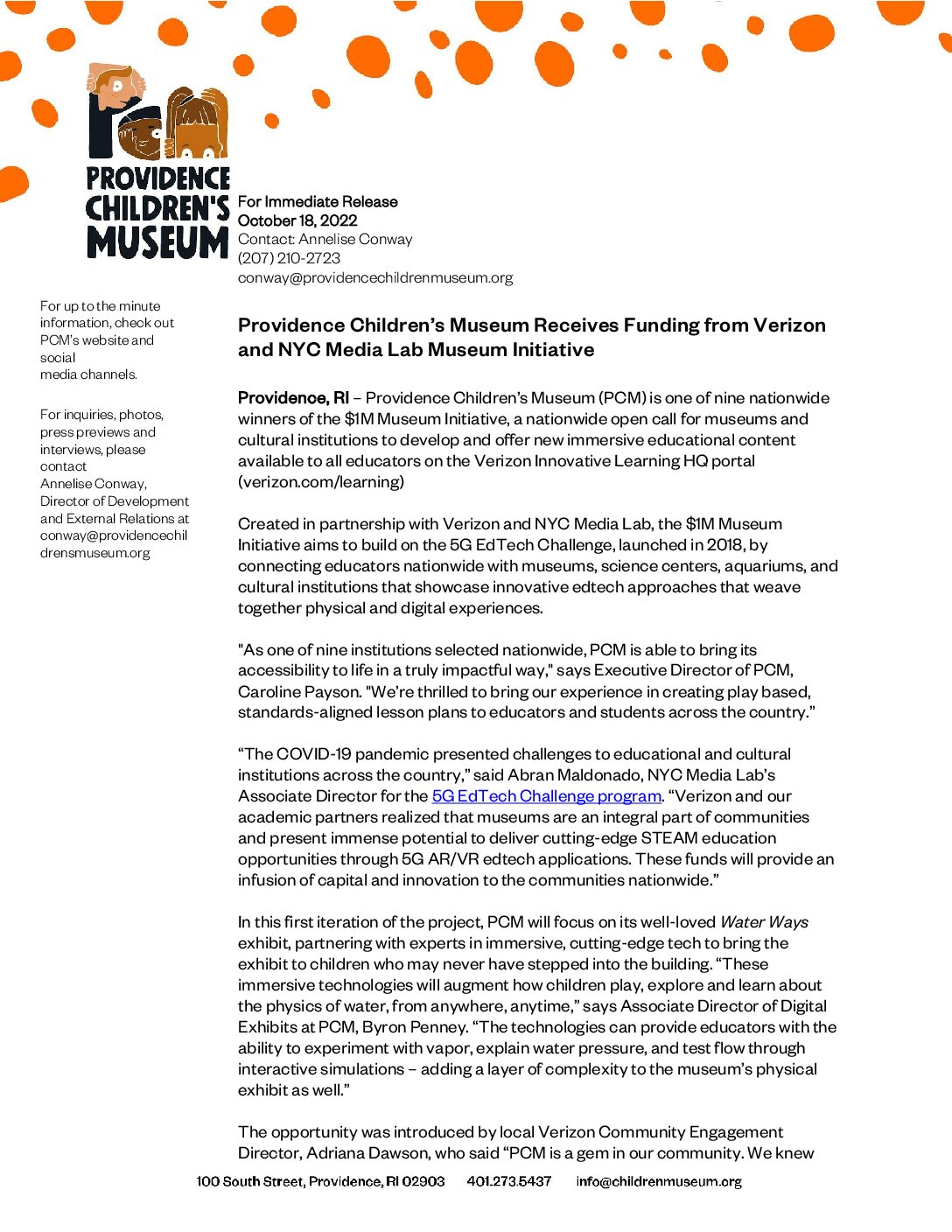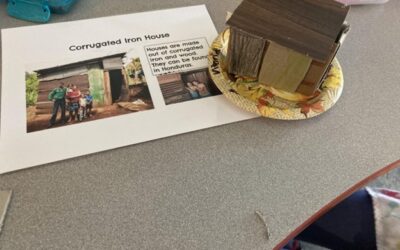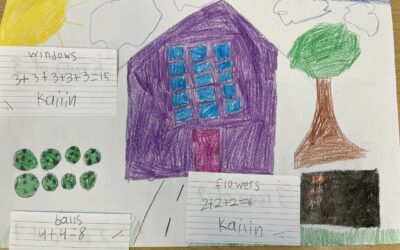For Educators
We are the champions of play.
Play isn’t killing time. It’s creating character.
Everything we want from our children is already in them. And play is how they unlock it.
Pumpkin Jack
Students will learn the stages in a pumpkin life cycle and determine what is the best condition for growing a pumpkin.
Providence Children’s Museum Receives Funding from Verizon and NYC Media Lab Museum Initiative
Providence Children’s Museum Receives Funding from Verizon and NYC Media Lab Museum Initiative Providence, RI – Providence Children’s Museum (PCM) is one of nine nationwide winners of the $1M Museum Initiative, a nationwide open call for museums and cultural...
Literally! Idiom Pictionary / Charades
Help students make heads or tails of commonly used English idioms.
Change Starts with YOU!
Do you ever look around and think, “I wish the world was more ____________”? Well, here is your chance to do something about it! In this lesson, students will read a selection of texts (both fiction and nonfiction) about changemakers, identify the thought process those people underwent in order to make changes in their communities, then design their own item that will enact change in the world.
Blast from the Past
Time-travel back to ancient times and imagine what it was like to live in the past! How did ancient people engage with the world around them? What ideas and tools were important in ancient cultures?
In this lesson, students will prepare for a unit on ancient cultures by imagining themselves living in the past and creating objects that they think might have existed back then to make life easier. Students can then compare tools of the past to the tools we use today, and make inferences about the similarities and differences between societal needs over time.
Miniature Monuments
As part of the Visual Arts Curriculum students periodically participate in design challenges where they are given a design problem and a limited amount of time and materials to solve that problem.
Design Problem: Can you create a model of a monument to be installed in the city of Pawtucket using two styrofoam cups and given thirty minutes?
In this lesson, students will briefly discuss what a monument is, where monuments may be located and what types of monuments they have seen in person or through various media.
At the end of thirty minutes, students will “install” their miniature monuments on the map and present their ideas to the group.
Homes Around the World
Around the world people have different access to tools, availability of materials and endure a variety of types of climates.
Students will learn about different types of houses there are in the world. They will learn what materials are used and why they use these materials. With this knowledge students will write about their house and build a 3-D model of it.
Creating Characterization
In this lesson, students will demonstrate their understanding of characters, setting, and plot by developing their own animal story with a main character, setting, and plot.
Students will demonstrate their understanding of overall story structure by telling an animal story that includes a beginning, middle, and end.
Building an Array of Houses
In this lesson, the classroom will create a neighborhood of houses. In order to visualize math concepts, students will practice using arrays and their corresponding repeated addition equations to create a house displaying at least three arrays.
Modern Maypoles
Weaving is always a popular art activity for students learning about patterns, but young artists often struggle with the alternating pattern of over/under required to be successful.
In this lesson, students will learn about Maypoles and participate in a Maypole Dance. To weave the Maypole, the same over/under pattern that is used in traditional weaving is employed.





